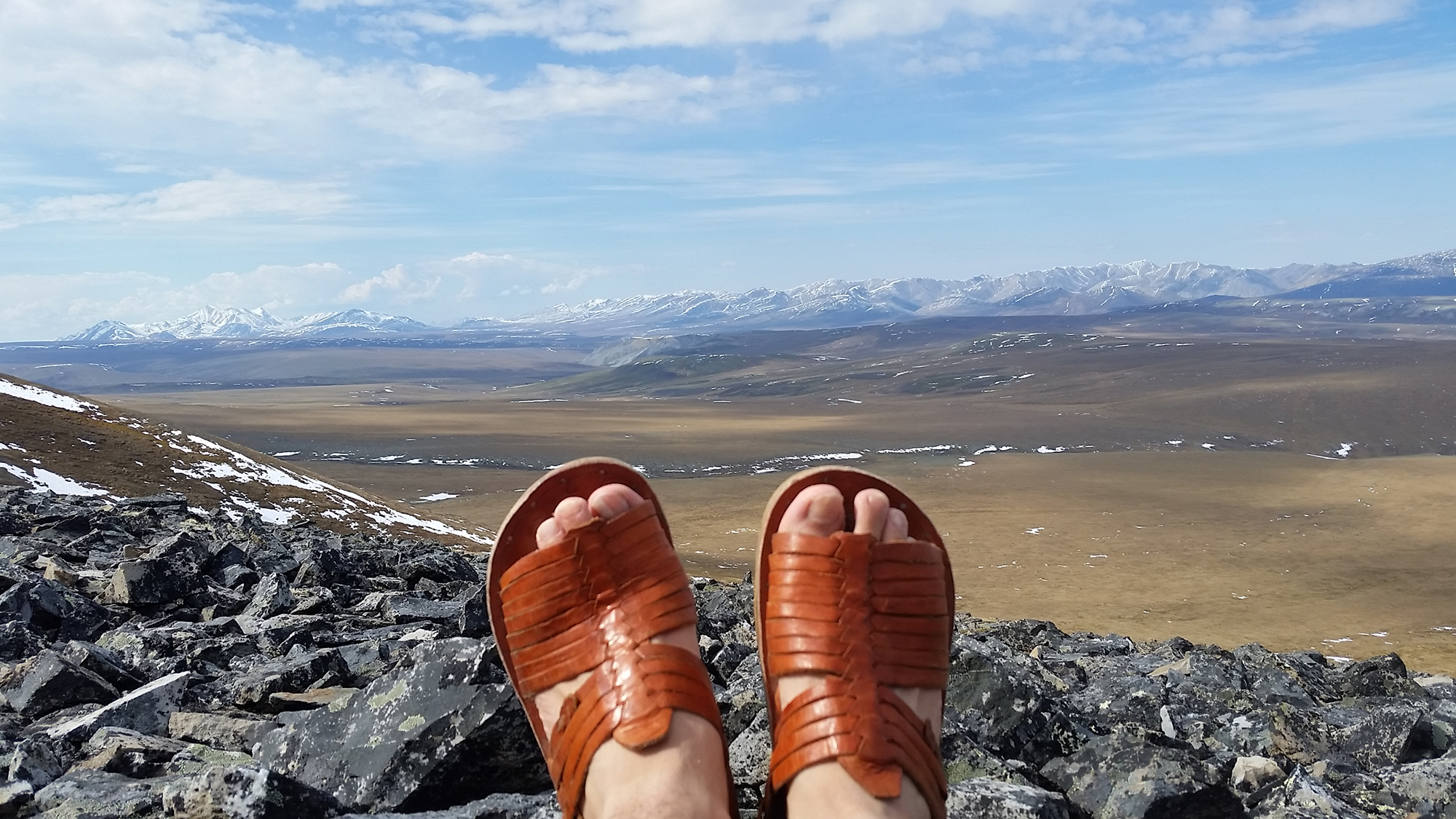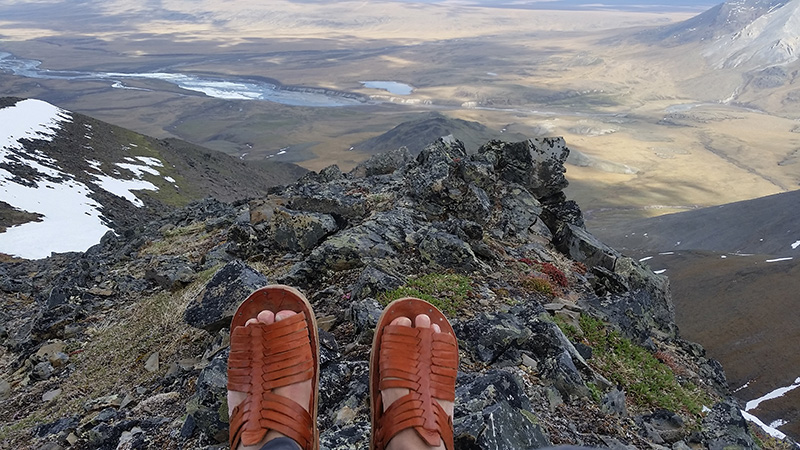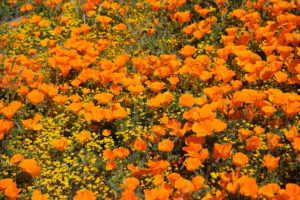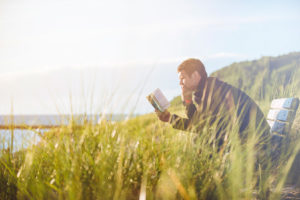¿Y tú quién eres?
Soy los sueños y memorias de mis antepasados
Sueños de momentos aún no llegados
Memorias que cargan historias
Del campo, del monte
De un horizonte
Lleno de esperanza
La adivinanza
De ¿Qué eres si eres de aquí Y de allá?
Yo no soy menos, sino que más
Porque mi cultura me guía como un compás

In my work with the outdoors, nature and conservation movement, I have done a variety of talks, workshops, and presentations on “equity, diversity, and inclusion.” I’ve talked about “cultural relevance,” “inclusive narratives,” and so on. I’ve joined in the complex intellectual conversations around such topics, and there’s always another conversation to be had about the nuances of inequitable systems of oppression. But early on I also learned to be guided in this work, to better understand and explain our cultural connections to nature, by simple questions like “Well, what does it LOOK like? What does it SOUND like? FEEL like?”
To me, my relationship with the outdoors and nature starts with the look, sound, and feel of my huaraches.
The basis of culture is something comfortable and familiar. Values, beliefs, and behaviors that one feels connected to in a community. People in general often tend to use “culture” to mean “ethnic culture,” but it applies to any group and profession. In my years spent traveling and working around the United States talking to conservationists and outdoor enthusiasts, I can tell you there is definitely an “outdoor culture,” and even a “nature culture.”
I was born in Mexico in a small rural town in the state of Nayarit. For a time I was raised by my grandparents and one unmistakable sight was the huaraches my grandfather would wear EVERYWHERE. If you’re unfamiliar with huaraches, they are basically leather sandals, handwoven or braided in different styles. They are Pre-Columbian in origin, from the Purépecha word kwarachi, and although modern styles can vary greatly, they are meant to be simple handmade leather sandals, with little adornment or color. My grandfather would have one or two pairs, which he’d wear until they basically fell apart. Hiking to tend to the milpa, he’d wear his huaraches. Pushing the ice cream or churro cart for which he was known, he’d be in huaraches. Whether walking the cobbled streets of town or the rugged trails in el monte, I would see him walking in his huaraches.
Soon I would have my own pair, but for a while after migrating to the United States just before I turned 9, I would not wear my huaraches. Those early years were about figuring out “how to fit in” and balance the cultural task of “not being too Mexican” and demonstrating how I was still “part of the community.” Some of it was a bifurcated existence, where I had “Mexican friends” and went to the quinceañeras some days, and then played Dungeons and Dragons with my non-Mexican friends other days. It would not be until college that I moved from a sense of insecurity and even shame about aspects of my Latino identity to a sense of pride and “ambicultural” code switching, the linguistic and cultural practice of practice of alternating between two or more languages or varieties of language in a conversation. Code switching can be literal, such as “Voy al trail”. It can be Anglicisms mixed with Spanish like “load all the gear in the troca,” and it can also be cultural in how I may greet a group with “Quíbole raza” compared to “Buenos días everyone”. In college, as I started to build and identity in nature, I leaned on that ambicultural experience, learning, and growth.
In Mexico the “outdoors” was outside. It was all around. Where I played, on the way to school, walking home. But I never thought about it as “being outdoors.” It was only when coming to the United States that I began to understand this idea of “the Outdoors” as a place — and culture –that was DIFFERENT than just living your daily life. I began to understand that these concepts of camping, hiking, trail running, were not just things people did outside, but cultures all their own.
Soon, it became apparent to me that “being Latino” and “being outdoorsy” were not two given and expected aspects of our cultural identity. In college I was nicknamed the “Green Chicano” because in the Chicano empowerment group M.E.Ch.A I would bring up environmental topics and over in the student public policy group CalPIRG I would bring up social and environmental justice themes.
This brings me back to my huaraches.

For years now, my grandparents have sent me pairs of huaraches from the hometown. And I have worn them almost everywhere I can. I’ll take them on the trails around the Bay Area if it’s comfortable and safe. I’ve worn them to meetings and gatherings. They even accompanied me on a trip the Arctic National Wildlife Refuge where I ran in them across the ridges of that oceanic landscape. They go outdoors and outside with me.
It was on a visit to Mexico that I asked my grandfather if he would wear hiking boots for a long hike or to go hunting. His response: “Why would I do that? They don’t feel good at all. These huaraches take me everywhere, they fit and are perfectly good for it, always have been.” It reminded me, as I was being more “outdoorsy” in the work I was doing in the United States, of how something simple can provide the necessary comfort and familiarity that makes a strong culture, and how something simple can still connect us to each other. Simply put, culture matters. It’s why we stress “la cultura cura” and it’s what makes Latino Outdoors an engaging identity for so many. The frequent questions I would get from environmental groups about “how do we diversify” or “how do we connect with….” sometimes made it sound like the work needed to be overly complicated, or that the answer had to be found in some programmatic haze. But really expanding access to the outdoors starts with those simple observations and connections—and the community has the answers already, if you’re ready to listen, see, and feel.
A while ago we invited Latino families to “join us on a Sunday family hike to the park.” We saw the dads show up in Tejanas (cowboy hats), leather boots, and jeans. That day I was the only one wearing branded “outdoor hiking pants.” Yet everyone had a great time because we were wearing clothes appropriate for comfort and safety. We didn’t worry about what was appropriate for “being outdoorsy.”
So now I carry my huaraches as a reminder to myself and others. That this is mi cultura, a part of my culture that belongs outdoors just as much as I do. As much as others do. It’s a visual reminder— people ask me about them. And it’s an emotional reminder — of early childhood in Mexico, my grandparents — and how all my outdoor experiences, whether in the rural cornfields, in the pages of the REI catalog or Outside Magazine, or out on Bay Area trails — that my culture comes with me. The larger themes I work on, of equity, inclusion, diversity, and so forth, stem from those reminders. Outdoors culture looks like my huaraches, it sounds like them as I walk about, it feels like the comfort and familiarity of them being a perfect fit.



